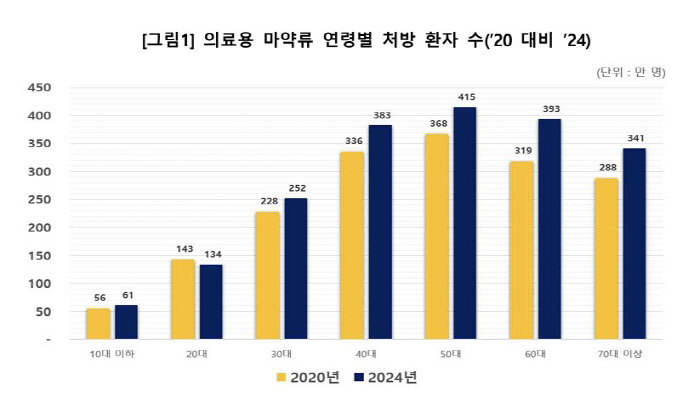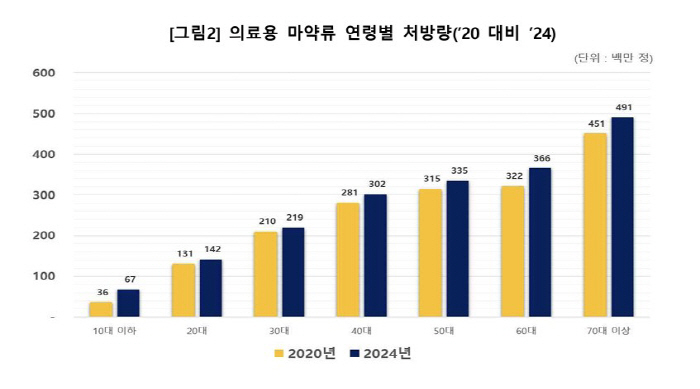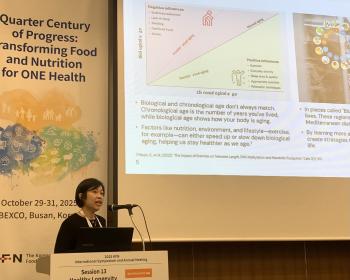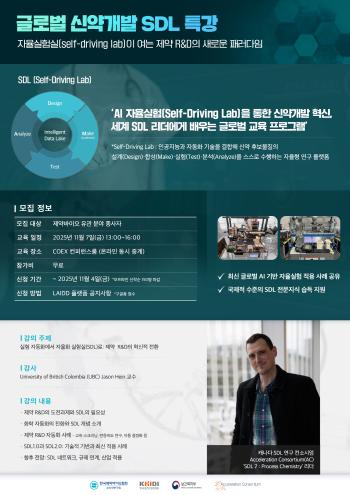Last year, 4 out of 10 Koreans were prescribed medical drugs...Nearly half of anti-anxiety drugs
Jun 24, 2025
|
|
According to the statistics on the handling of medical drugs in 2024 released by the Ministry of Food and Drug Safety and the Korea Institute of Drug Safety on the 24th, 2001 million patients (excluding duplicate drugs) were prescribed more than once last year, and about 96 medical drugs were prescribed per person based on the total prescription (1.926.63 million).
Of the patients who were prescribed medical drugs last year, 56.6% (11.32 million) were prescribed propofol (anesthetic) and 38.2% (7.64 million) were prescribed midazolam (hypnosis sedative), which are representative ingredients mainly used for sleep endoscopy performed during medical examinations.
The number of prescribed patients by age was 20.8% (4.15 million) in their 50s, followed by 19.7% (3.93 million) in their 60s and 19.1% (3.83 million) in their 40s and 60s, and 59.5% (11.91 million) of the total number of prescribed patients. This is interpreted as a result of the higher the age, the higher the disease incidence.
In the future, the use of medical drugs is expected to continue to increase with the aging domestic population and the advancement of medical services.
In fact, the number of medical drug prescriptions was about 100 million and the number of prescriptions was 1,926.63 million, which has continuously increased over the past five years, and the amount of prescriptions by age is also increasing every year. In particular, the number of ADHD treatment prescriptions for teenagers and under, which has increased sharply recently, has increased by about 1.9 times compared to five years ago. The number of ADHD patients aged 0-19 surged from 59,197 in 2020 to 118,747 in 2023.
Anti-anxiety drugs (92.121 million, 47.8%) were the most prescribed amount by efficacy group, followed by hypnosis sedatives (312.22 million, 16.2%), anti-epilepsy drugs (246.14 million, 12.8%), and appetite suppressants (21.94 million, 11.4%).
In particular, ADHD treatments have increased significantly by more than 20% every year over the past five years. Analysts say that about 50% of children and adolescents need continuous treatment until adults, and changes in the health care environment, such as improving access to mental health clinics, have affected them. The prescription for ADHD drugs increased 139.2% from 37.71 million in 2020 to 90.2 million in 2024.
On the other hand, appetite suppressants and fentanyl (jung, patch) have shown a decreasing trend over the past five years. Prescriptions of appetite suppressants decreased by 13.6% from 253.71 million in 2020 to 221.44 million in 2024, and fentanyl prescriptions also decreased by 20.6% from 9.3 million in 2020 to 7.39 million in 2024. In the case of fentanyl, it is analyzed as a policy effect due to the mandatory confirmation of patient administration details, especially when issuing a prescription.
The Ministry of Food and Drug Safety said it will continue to do its best to manage medical drugs by strengthening education and publicity to prevent misuse and management and supervision of medical institutions based on about 130 million drug handling reports every year.
This article was translated by Naver AI translator.















